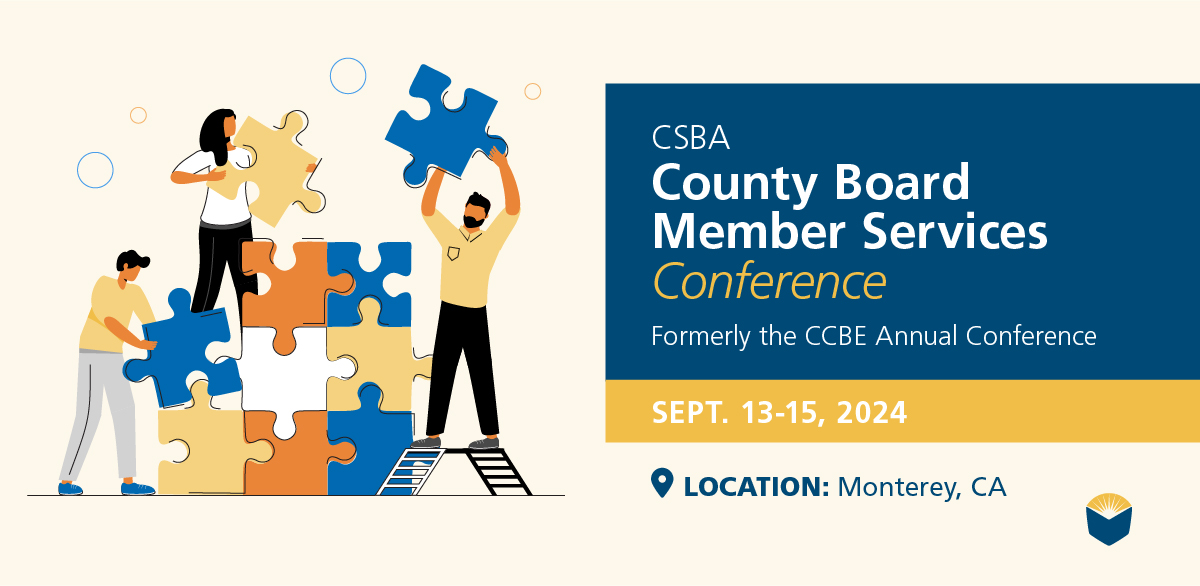The task before the IQC in its November meeting was to review edits for the second draft of the Ethnic Studies Model Curriculum — including written and verbal public comment, California Department of Education edits and edits from IQC commissioners — and approve agreed-upon edits. The first draft of the curriculum received intense criticism from top state education leaders and various ethnic organizations that said their stories were mischaracterized or ignored.
The third draft of the Ethnic Studies Model Curriculum will be posted for a final 45-day public comment period once edits approved at the meeting have been incorpoated. All comments will go to State Board of Education staff and will be reviewed at the SBE’s January meeting. The State Board must take action on the Ethnic Studies Model Curriculum by March 31, 2021.
Co-chair of the CDE’s Closing the Achievement Gap Initiative and Jefferson Elementary School District trustee Manufou Liaiga-Anoa’i spoke about the importance of ethnic studies to open the discussion. “Ethnic studies affords us the opportunity to enhance awareness of the numerous contributions, struggles and all that we’ve been able to do in our vibrant communities. The positive influences of having one’s cultural traditions, language and history magnified in our classrooms is truly transformative,” Liaiga-Anoa’i said. “We need to create pathways that truly break down barriers of institutional racism and social injustices and allow for appreciation and not just tolerance. This is our chance to connect the dots. Ethnic studies is equity. Ethnic studies is inclusion.”
The process to get to this point has been contentious, with a total of 56,986 public comments during the two review periods. Daniel Lee, CDE deputy superintendent of equity, clarified the foundational aspects of the ethnic studies field. “What have we learned during the journey? While we were navigating this process, we kept hearing a call for more inclusion,” Lee said. “Ethnic studies isn’t against inclusion of other voices, but we have to be centered and grounded in the experiences of the core groups, African Americans, Asian Americans, Native Americans and Latinx studies. But we also have to recognize that we have interconnection in society and the revisions have allowed us to think about strategies to deepen the comparative studies and provide an opportunity to explore intergroup contact through an ethnic studies lens.”
Public comments, which were allotted two hours, generally fell into the following categories:
- Add the Arab American lesson plan back into the main section on Asian American Studies (it has been moved to the appendix).
- Add the Sikh American lesson plan into Asian American Studies (it is located in the appendix).
- The removal of Guiding Principles 4-7 and replacement with a “constructive” approach to ethnic studies. For reference, as presented, principles 4-7:
- critique empire-building in history and its relationship to white supremacy, racism[1] and other forms of power and oppression
- challenge imperialist/colonial[2] beliefs and practices on multiple levels[3]
- connect ourselves to past and contemporary resistance movements that struggle for social justice on the global and local levels to ensure a truer democracy; and
- conceptualize, imagine, and build new possibilities for post-imperial life that promotes collective narratives of transformative resistance, critical hope, and radical healing.[4]
During the commission’s review period, changes were made to footnotes included in the Guiding Principles, including a lengthy discussion on whether to attempt to list all forms of oppression. State Board of Education member and IQC liaison Patricia Rucker cautioned against this direction. “I think it is important to remember the intent behind this legislation — it is to develop a model of how to develop the curriculum,” Rucker said. “In an effort to create this exhaustive list … you run the risk of being criticized for what you forgot. The model is about how to do the work, how to have the conversation about oppression.”
However, the commissioners decided to continue to list some forms of oppression. In previous review periods, public comment flagged the listing of “capitalism” as a form of oppression. After lengthy discussion between the commissioners, capitalism was replaced with “exploitive economic systems” to be more inclusive of other systems and not demonize capitalism itself.
To address issues of inclusion and concerns of public commenters of being relegated to the appendix, CDE recommended and the IQC approved moving all lesson plans — including the central A-G qualified course lessons on the four core groups — to Appendix B. Out of hundreds of submitted lesson plans from public comment, the CDE approved 29 for inclusion in the appendix. These 29 lessons will be added in an additional section to the appendix that addresses concerns shared by commissioners including Assemblymember Shirley Weber that lessons in ethnic studies need to connect back to the four core groups in some way. The section introduction acknowledges that:
Ethnic studies is a class for all students. The model curriculum focuses on the four ethnic groups that are at the core of the ethnic studies field. At the same time, this course, through its overarching study of the process and impact of the marginalization resulting from systems of power, is relevant and important for students of all backgrounds. By affirming the identities and contributions of marginalized groups in our society, ethnic studies helps students see themselves and each other as part of the narrative of the United States. Importantly, this helps students see themselves as active agents in the interethnic bridge-building process we call American life.
The submitted plans cover lessons about Arab Americans, Armenian Americans, Cambodian Americans, Indian Americans, Japanese Americans, Jewish Americans, Lao Americans, Sikh Americans and Vietnamese Americans.
Shanine Coats, executive director of the CDE’s Curriculum Frameworks and Instructional Resources Division, explained the section is in no way meant to take away from the importance of remaining focused on the four core groups. “What we were hoping to do is to provide space for the classroom teacher to explore those parallel experiences and connections between populations and look for commonalities and strengths, and to be able to note those different contact and tension points between groups,” Coats said. “We are also trying to build a bridge with language in the appendix which speaks specifically to how different groups have worked together for change in interethnic initiatives.”
The model curriculum is being developed in response to a 2016 law signed by Gov. Jerry Brown that requires a guide to high schools interested in offering ethnic studies courses. The model curriculum will serve as a guide, not a mandated curriculum
[1] As well as patriarchy, cisheteropatriarchy, capitalism, ableism, anthropocentrism
[2] and hegemonic
[3] Ideological, institutional, interpersonal, and internalized
[4] Allyson Tintiangco-Cubales and Edward Curammeng, “Pedagogies of Resistance: Filipina/o Gestures of Rebellion Against the Inheritance of American Schooling,” in Tracy Buenavista and Arshad Ali, eds., Education At War: The Fight for Students of Color in America (New York, NY: Fordham University Press, 2018), 233–238





